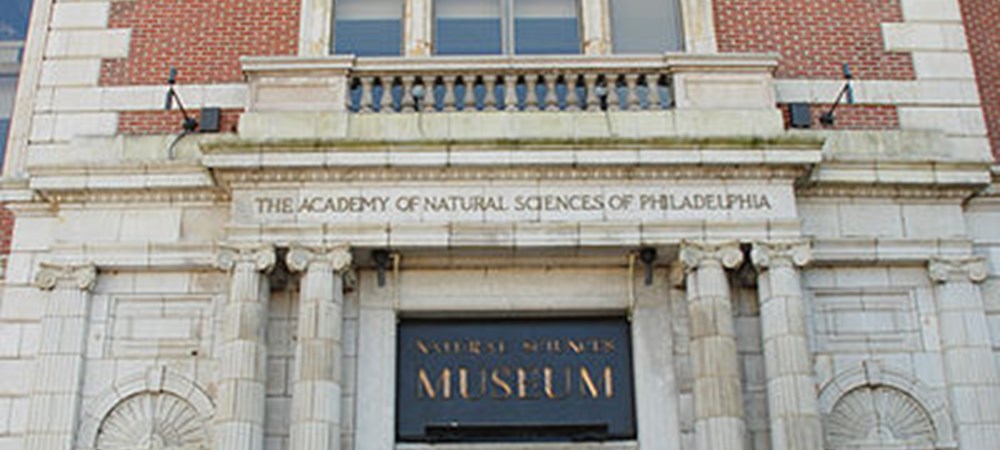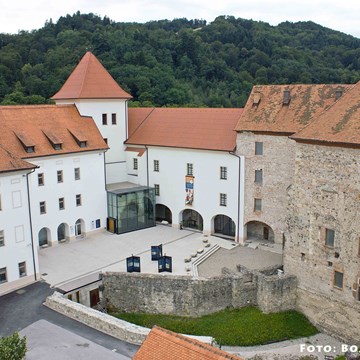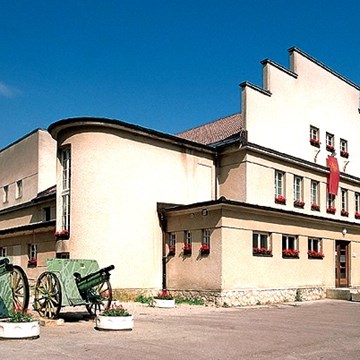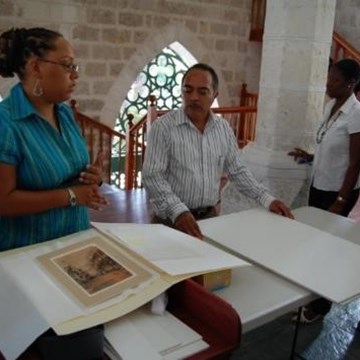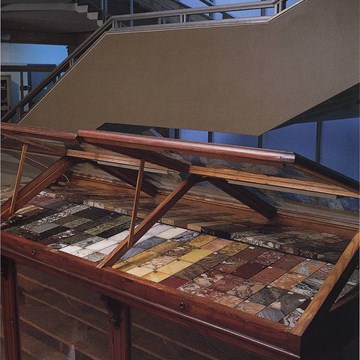Academy of Natural Sciences
The Academy of Natural Sciences is the oldest natural science research institution and museum in the New World. It was founded in 1812 by many of the leading naturalists of the young republic with its expressed mission of "the encouragement and cultivation of the sciences." For over nearly two centuries of continuous operations, the Academy has sponsored expeditions, conducted original environmental and systematics research, and amassed natural history collections containing more than 17 million specimens. The Academy also has a long tradition of public exhibits and educational programs for both schools and the general public.
Collections are the hallmark of museums and those at The Academy of Natural Sciences are among the more important of their kind. The size and scope of its collections have grown substantially since the early years. Currently, there are over 17 million biological specimens, and hundreds of thousands of volumes, journals, illustrations, photographs, and archival items in its library. These collections grew through a combination of means, including the donation or purchase of existing collections or individual items, the collection activities of Academy-sponsored expeditions, or those of individual scientists, whether or not they work at the Academy. Sometimes the Academy is also enlisted to house and care for collections originally gathered by other institutions. For example, a number of the natural history collections at the American Philosophical Society were relocated to the Academy by the end of the 19th century.
Text source: http://en.wikipedia.org/wiki/Academy_of_Natural_Sciences
Photo source: http://commons.wikimedia.org/wiki/File:WTP_D33_youcanlookitup_1.jpg
Exhibitions and events
We don't have anything to show you here.
Educational programs
We don't have anything to show you here.
Collections
We don't have anything to show you here.
